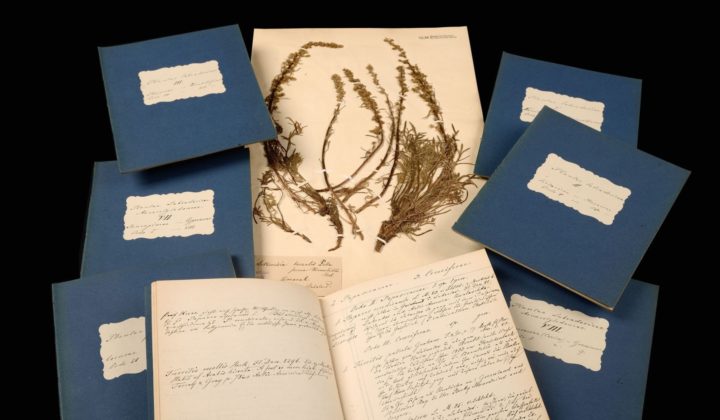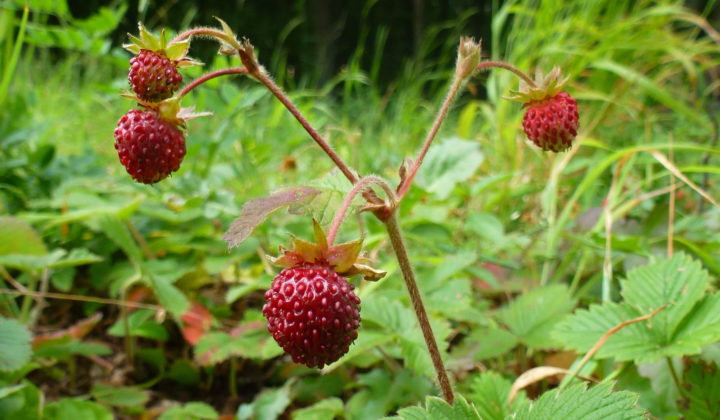Evolution of dogroses (Rosa L. sect. Caninae (DC.) Ser.)
A unique reproductive system – the Canina meiosis – evolved in allopolyploid dogroses. This mechanism allows for sexual reproduction despite the pentaploid somatic ploidy level of the plants. In our collaboration project with A. Kovařík of the Czech Academy of Sciences we explore the inheritance of sub-genomes in hybrids and investigate their behaviour during canina meiosis using fluorescence in situ hybridization and comparative genomics.
Besides their allopolyploid origin dogroses hybridize frequently. Using population genetic approaches we investigate the frequency of hybridization events and how hybrids become established in natural populations.
Cooperation partners
Aleš Kovařík, Institute of Biophysics, Academy of Sciences of the Czech Republic, Brno
Volker Wissemann, Systematic Botany, Justus-Liebig University Gießen
LOEWE Centre for Translational Biodiversity Genomics (TBG)
Financed by the German Research Foundation
Flora of Germany
Rothmaler Field Flora of Germany
Identification of critical taxa of the Flora of Germany
Diversity and relationships of Central european strawberries (Fragaria L.)
Central European strawberries differ strongly in their generative reproductive system and ploidy: Fragaria moschata is dioecious (2n = 6x = 42), F. viridis (2n = 2x = 14) is hermaphroditic and self-incompatible and F. vesca ssp. vesca (2x) is also hermaphroditic but self-compatible. In a population genetic study we investigate the effects of the generative reproductive system and ploidy on genetic diversity of populations and the extent of hybridisation.
The hexaploid F. moschata presumably arose by hybridisation from di- or tetraploid ancestral species. Using molecular and cytogenetic methods we explore the allopolyploid origin of this species.
Until the 19th century F. moschata had been widely cultivated in Central Europe but is nowadays nearly completely replaced by modern garden strawberries (Fragaria ×ananassa). We characterize F. moschata populations escaped from cultivation in comparison to accessions of the wild species repository „Professor Staudt Collection“ of the company Hansabred in Dresden by applying microsatellite markers.
Sebastian Buschmann (PhD student)
Cooperation partners
PD. Dr. K. Olbricht, Hansabred GmbH & Co. KG, Dresden
Prof. Dr. Ch. Neinhuis, Institut für Botanik TU Dresden
We thank the Gesellschaft zur Erforschung der Flora Deutschlands (GEFD) for financial support.
Land use and climate change in Mongolian drylands
Population genetics and evolutionary biology of two key dryland species: Artemisia frigida Willd and A. scoparia Waldst. & Kit. (Anthemideae, Asteraceae)
- Oyundelger Khurelpurev (PhD student)
You can find topics for Msc theses or internships here.



